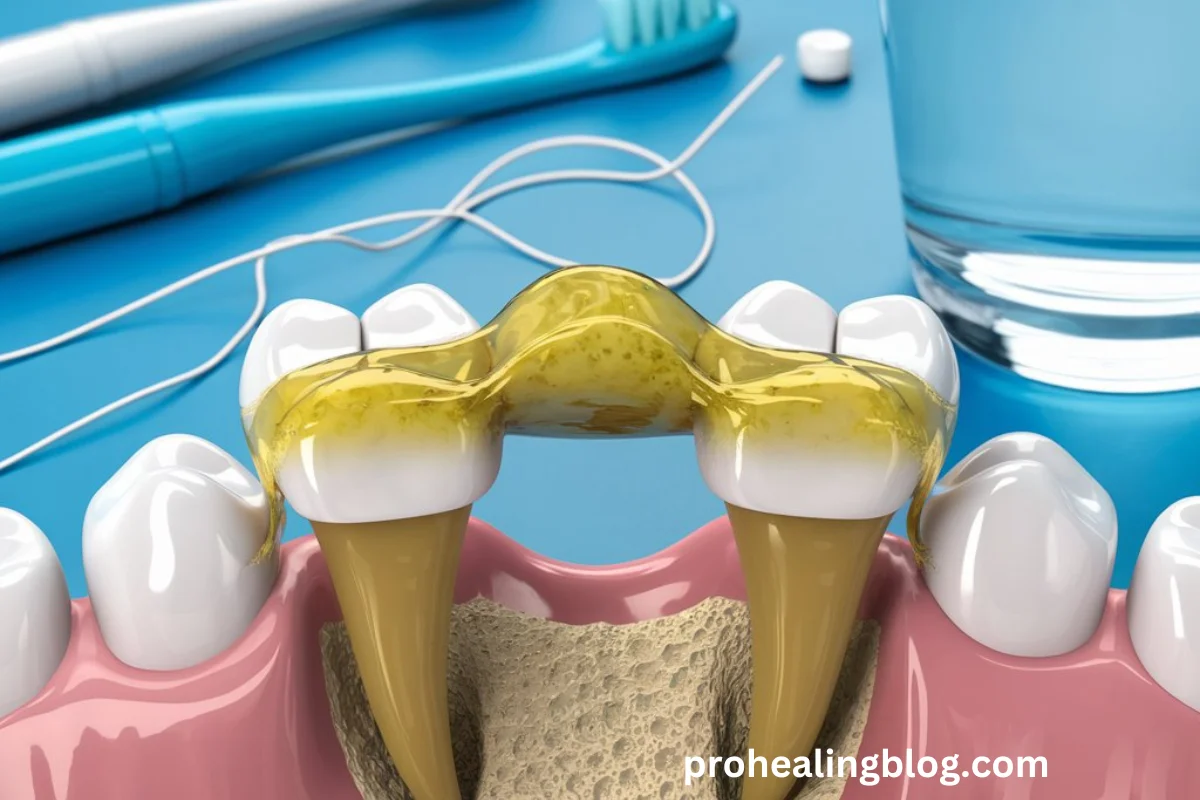A calculus bridge might sound like an advanced math concept, but it’s actually a serious dental condition. It occurs when hardened plaque, known as calculus or tartar, builds up so heavily on teeth that it forms a visible, bridge-like structure. If left untreated, a calculus bridge can lead to severe oral health issues.
In this blog, we’ll explore what a calculus bridge is, what causes it, how to treat it, and, most importantly, how to prevent it.
What Is a Calculus Bridge?
A calculus bridge forms when plaque accumulates and hardens on your teeth. Plaque is a sticky film of bacteria that builds up on your teeth daily. If it isn’t removed through regular brushing and flossing, it mineralizes into tartar. When tartar forms extensively, it can create a bridge-like structure across teeth, which is called a calculus bridge.
This condition doesn’t just affect the appearance of your teeth. It can lead to gum disease, bad breath, and other serious oral health problems.
What Causes a Calculus Bridge?
It develops due to poor oral hygiene and other contributing factors:
- Lack of Brushing and Flossing: Infrequent or improper brushing and flossing allow plaque to harden into tartar.
- Diet High in Sugar and Carbohydrates: These foods feed the bacteria in plaque, increasing buildup.
- Dry Mouth: Reduced saliva production makes it harder to wash away plaque.
- Smoking: Tobacco use contributes to tartar formation and stains teeth.
- Genetics: Some individuals are genetically predisposed to plaque buildup.
Symptoms of a Calculus Bridge
This bridge is often visible to the naked eye. Common symptoms include:
- Yellow or brown deposits on teeth.
- Gums that bleed easily.
- Swollen or inflamed gums.
- Persistent bad breath.
- Gaps forming between teeth and gums.
If you notice these symptoms, it’s time to visit your dentist.
Why Is a Calculus Bridge Dangerous?
A calculus bridge isn’t just a cosmetic issue. It can have serious health consequences if ignored:
- Gum Disease: Tartar irritates gums, causing gingivitis and, eventually, periodontitis.
- Tooth Decay: Bacteria trapped in tartar can lead to cavities.
- Bone Loss: Severe gum disease can cause the jawbone to deteriorate.
- Tooth Loss: If untreated, it can lead to teeth falling out.
How Is a Calculus Bridge Treated?
Treating requires professional dental care. Here are the most common procedures:
1. Scaling and Root Planing
Scaling involves removing tartar from the surface of your teeth. Root planing smooths the roots of your teeth to prevent further buildup.
2. Ultrasonic Cleaning
Some dentists use ultrasonic devices to break down and remove hardened tartar.
3. Surgical Intervention
In severe cases, surgery may be needed to treat gum disease and repair damaged tissues.
Regular dental visits are crucial for effective treatment.
How to Prevent a Calculus Bridge
Prevention is always better than treatment. Follow these tips to keep your teeth free from calculus:
- Brush Twice Daily: Use a fluoride toothpaste and brush for at least two minutes.
- Floss Daily: Flossing removes plaque from areas your toothbrush can’t reach.
- Rinse with Mouthwash: Use an antibacterial mouthwash to kill bacteria.
- Visit Your Dentist Regularly: Professional cleanings every six months can prevent tartar buildup.
- Maintain a Healthy Diet: Limit sugar and include calcium-rich foods to strengthen your teeth.
Home Remedies for Plaque Removal
While only a dentist can remove tartar, these home remedies can help prevent plaque:
- Brush with baking soda occasionally for a gentle scrub.
- Use oil pulling with coconut oil to reduce bacteria.
- Chew raw vegetables like carrots to stimulate saliva production.
Remember, these methods are preventive and should not replace professional dental care.
The Importance of Regular Dental Checkups
Even if you’re diligent with oral hygiene, plaque can still accumulate. Regular checkups allow your dentist to spot problems early and provide thorough cleanings. Skipping these visits increases your risk of developing a calculus bridge.
Final Thoughts
This bridge isn’t just a cosmetic concern. It’s a warning sign that your oral hygiene needs improvement. By understanding its causes and taking preventive steps, you can maintain a healthy, confident smile.
Don’t wait until it’s too late. Prioritize your dental health today!






